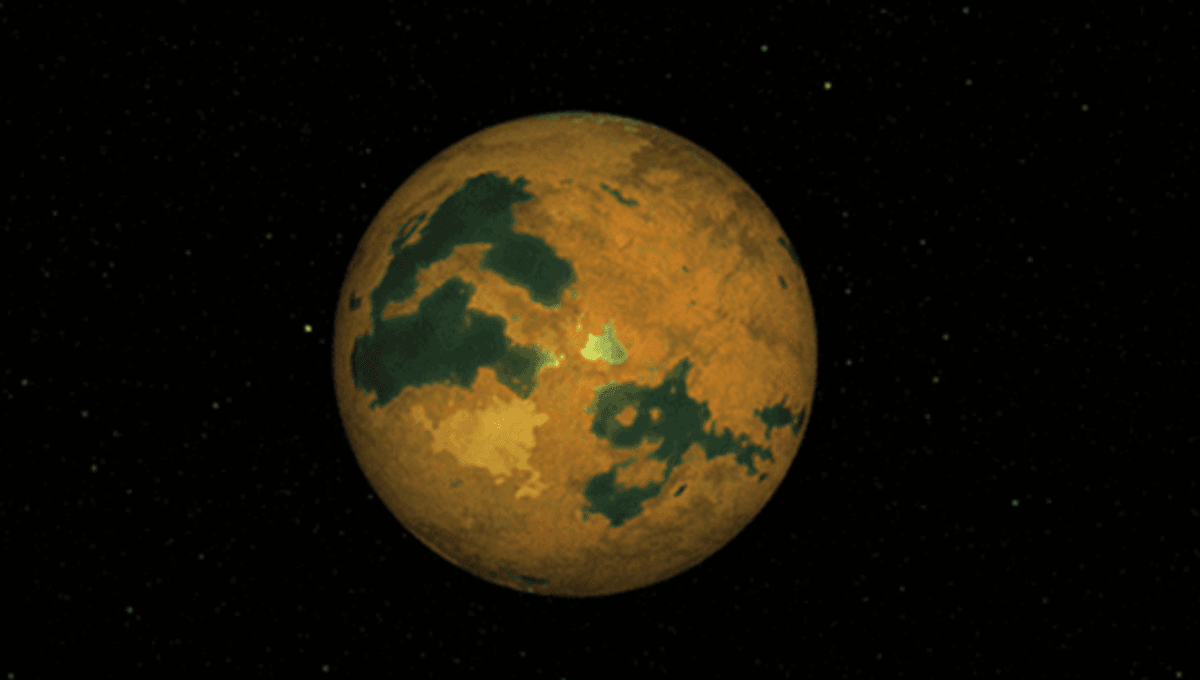
The planet confusingly known as 40 Eridani Ab has been confirmed not to exist. After previous studies had raised questions about whether activity on the star 40 Eridani A had been misinterpreted as the influence of a planet, a new paper provides proof. Under ordinary circumstances, this might be of interest only to specialists, but this faint star system has a towering role in fiction as the home system of the Vulcans, including Dr Spock. On the plus side, the methods used take us closer to finding real planets, including those in habitable zones.
The star 40 Eridani A is visible to the naked eye away from city lights, but only barely. The first sign it was special came with the discovery of two companions, Eridani B and C, which orbit each other every 230 years, while both being in an 8,000-year orbit around Eridani A. In 1910, Eridani B was the first star to be identified as a white dwarf. Although not the closest star of this type, it remains the easiest to see.
These intriguing aspects, and the fact the system is only 16 light years away, led to the system being designated as the location of planet Vulcan in the Star Trek Universe. Although life would almost certainly be impossible for a planet orbiting Eridani B or C, Eridani A looks like a good candidate for a host star. It’s quite old and fainter than the Sun, but not so faint as to make its habitable zone dangerously exposed to stellar flares as occurs for red dwarfs. The companion stars are distant enough not to pose much danger, both would be fainter than our Moon, for example.
All this background meant that reports in 2018 of a suspected planet orbiting 40 Eridani A caused unusual excitement. It was promptly named Vulcan. However, even the initial study admitted to doubts – and these were reinforced last year. Now, the final nail has been put in Vulcan’s coffin, with a paper literally titled “The Death of Vulcan.”
Initial reports of Vulcan didn’t use the method by which we have found the majority of planets so far – dips in their light as the planet obscures part of the star. Instead, astronomers were using the radial velocity method, by which most of the early planetary discoveries were made, and still favored for nearby systems. In these cases, the gravity of the planet pulls the star towards Earth and then away from us, creating blue and red shift.
When a planet’s gravity is small, the change in radial velocity can be tiny, and easily mimicked by the behavior of the star itself.
Dartmouth College graduate student Abigail Burrows and colleagues tested the movement of specific emission lines in 40 Eridani A’s spectrum, comparing these with the overall average. If the variation astronomers had detected was coming from a planet these should all be changing in sync. The team found they weren’t, with some lines moving on different timescales from others.
40 Eridani A has a 39-45-day rotation period – about 60 percent longer than our Sun’s. The similarity of this period to the length of the proposed planet’s 42.4-day orbit was one of the things that raised doubts initially, and Burrow’s technique suggests the variations are almost certainly rotation-related. Most likely a combination of starspots and convection within the star is causing the apparent signal.
Don’t be too sad for planet Vulcan, however. Like the proposed planet in our own system, it orbited far too close to its star to be habitable by microbes, let alone intelligent beings, logical or otherwise.
It’s still possible there is a planet orbiting 40 Eridani A further out, including within the system’s habitable zone. The more distant a planet’s orbit, the harder it is to detect through the radial velocity method, particularly if it has a gravity more like Earth’s than Jupiter’s. A five to 10-fold increase in precision is needed if we want to use this method to find planets like the Earth in nearby stars’ habitable zones.
The greater capacity to distinguish between planetary effects and internal stellar behavior Burrows demonstrated means that if there is a planet in 40 Eridani A’s habitable zone we’re now closer to being able to detect it.
If that happens, however, we might need a new name – surely two failed Vulcans are enough.
(Note: Stars in multiple systems are designated with capital letters, starting with A for the brightest. Planets have small letters, and start with b. If a planet only orbits one star, rather than having a Tatooine-like orbit around both, it uses the capital of the star it orbits, followed by its order of discovery – thus 40 Eridani Ab. You can see why nicknames like Vulcan are popular).
The study is open access in The Astronomical Journal.
Source Link: Spock Officially Homeless As A Further Study Disproves Planet In 40 Eridani A System